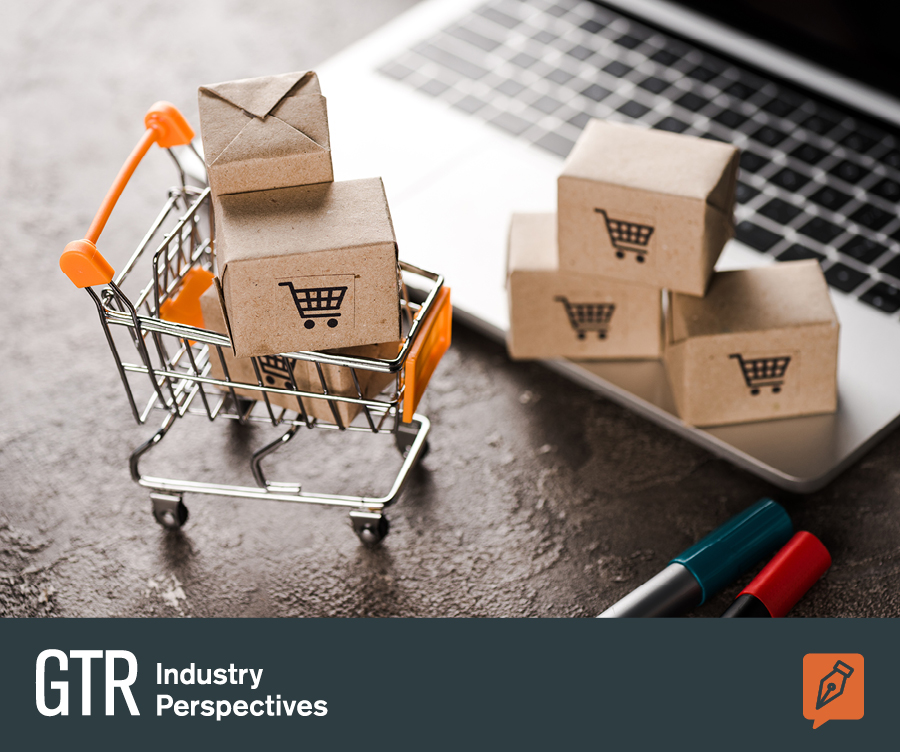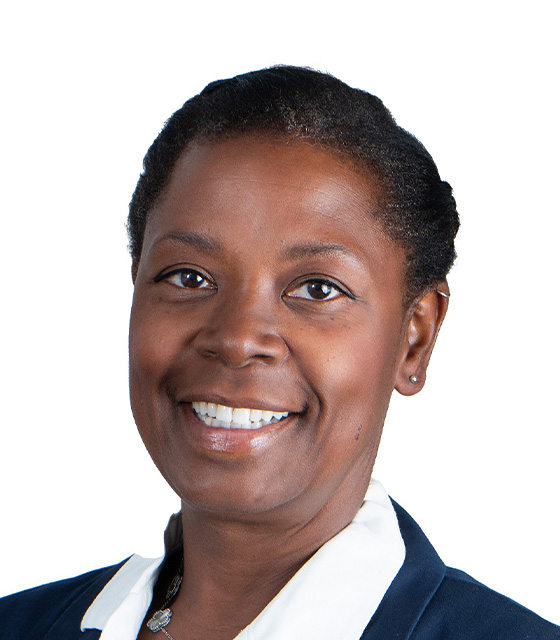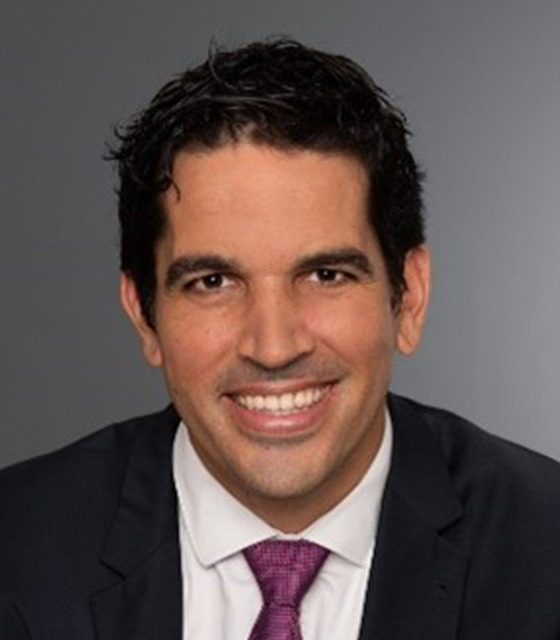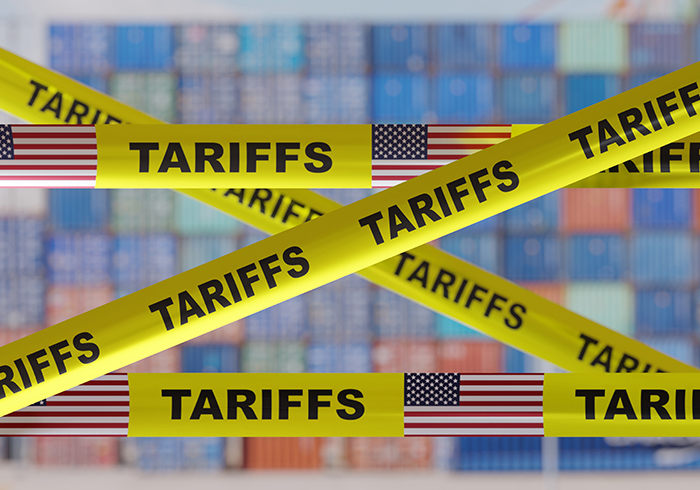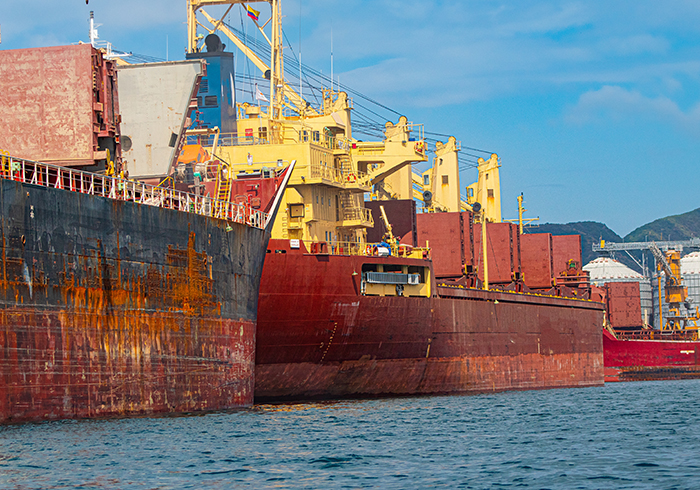A widespread shift by SMEs towards digital platforms and marketplaces is disrupting global trade, helping even the smallest of exporters find customers overseas with relative ease and no physical presence abroad.
GTR speaks to Sumit Arora, managing director of UK and Europe at WorldFirst, a one-stop digital payments and financial services platform owned by Chinese technology giant Ant International, about the growth in e-commerce trade and how the firm is working to mitigate risks such as fraud and financial loss for SMEs.
GTR: Can you provide a brief outline of WorldFirst’s customers and how you support them?
Arora: SMEs trading across borders are acutely affected by inefficiencies in the global financial system and suffer from a range of payment challenges: higher costs as they lack the transaction volumes to earn discounts, the potential for fraud and financial loss, lengthy payment delays as well as regulatory challenges.
We are systematically solving all of these issues for SMEs and have a focus on two kinds of customers: online marketplace sellers and importers.
Online sellers need access to multiple local currency accounts to collect money abroad, and so we work with over 120 marketplaces including the likes of Amazon, Rakuten and BackMarket. Secondly, we serve the SME importer and help them make payments to their suppliers quickly, at better rates than through traditional bank channels. They can also protect themselves from currency fluctuations on the platform, hedging the price through forward contracts.
GTR: What type of SME importer or exporter typically uses the platform, and in which markets have you seen notable growth?
Arora: The majority of our customers are SME businesses that trade internationally. Their turnover varies from as little as US$50,000 per annum to US$50mn, while their employee base could be less than 10 people or over 250. We cater to SMEs in a variety of industries, predominantly in the consumer goods market. For example, electronics, mobile phones, home furnishing, garden furniture, lighting, toys, sports equipment, machine parts, and textile apparel.
WorldFirst has licenses in markets we operate in, serving SME companies in Europe, the Asia Pacific and the Americas.
In terms of the regions I cover, the UK remains a significant player in cross-border e-commerce, and there continues to be single or double-digit growth in many European markets, driven by advancements in logistics and shipping and a rise in secure payment methods. It is now much easier for UK and European consumers to buy from international sellers. Eastern European countries like Poland, Hungary and Romania are experiencing rapid growth in cross-border e-commerce. Established EU markets such as Germany, Netherlands, France and Italy already have a significant market share as consumers have a higher purchasing power and internet penetration is strong.
GTR: In recent months, WorldFirst rolled out a new solution, WorldTrade. How does this new product enhance your existing offering and which problems does it solve for?
Arora: WorldTrade is a product which I’m very excited about and will counter some of the key challenges SMEs face. The solution was embedded into our platform in April and works to ensure greater levels of payment security and speed for international SMEs that procure goods from suppliers based in China.
For SME buyers looking to source goods overseas, the risk of fraud and financial loss is a key worry. The solution uses smart contract fulfilment technologies to protect importers and ensures their funds are not released unless the overseas supplier meets their contractual commitments.
Smart contract fulfilment is made possible through WorldFirst’s extensive collaborations with banks, customs offices and logistics providers, as the platform is able to consolidate and validate crucial trade transaction information including payments, customs clearance and delivery.
For the supplier, the technology ensures they are instantly paid upon the timely delivery of goods. International buyers can pay the supplier by credit card or a debit card, or through money accumulated in their WorldAccount. If you compare this with traditional channels, the process for an international trade payment can take up to an hour, seven days, or sometimes longer.
The most important aspect for SMEs is the cost, which is reduced dramatically. When both buyers and sellers are on the WorldAccount, our transaction cost is free, and the currency exchange rate is pretty competitive. To give you an example, an SME conducting an annual trade of US$10mn through WorldFirst could make an estimated saving of close to US$10,000 every year, which is big money for an SME. The WorldTrade platform takes us on the journey of being able to support SMEs beyond payments.
GTR: In coming years, do you expect to see significant disruption to payment processes for SME importers and exporters?
Arora: Absolutely, it’s an ever-evolving space and regulations are changing rapidly. In the past, there were traditional payment methods such as letters of credit, but now we see new products emerging. Digital wallets, blockchain technology and solutions like ours – instant payment systems – are establishing themselves in the market and allowing firms to trade on open account terms.
Secondly, I expect AI will disrupt both the payments and SME lending markets. Fintech companies will be able to use AI to analyse vast amounts of data, in turn making faster and better-informed decisions when setting appropriate credit limits for clients. It will be much smoother for SMEs to make or collect payments, giving them the same level of benefit as a multinational.
Embedded finance solutions are already disrupting the e-commerce market and integrating with digital platforms and marketplaces. In turn, they are helping SMEs to access financing options like trade credit, short-term loans and supply chain finance. These trends will disrupt the payments market in the short to medium-term, and in the longer-term, I expect we will see new solutions and even greater levels of disruption.

